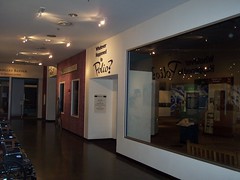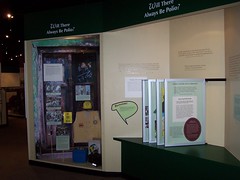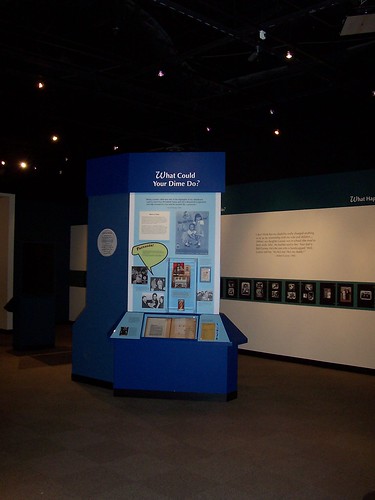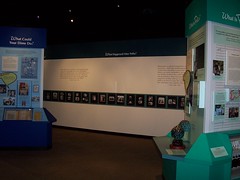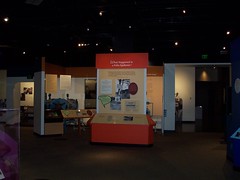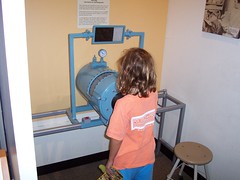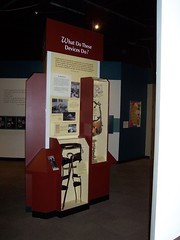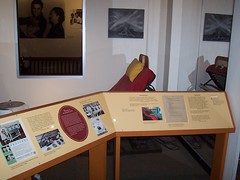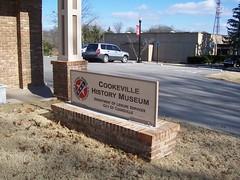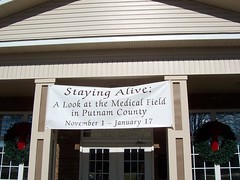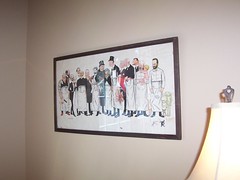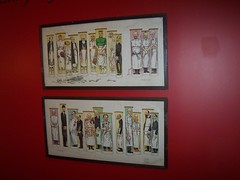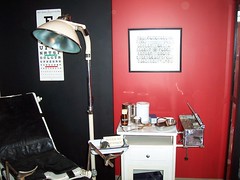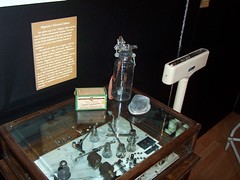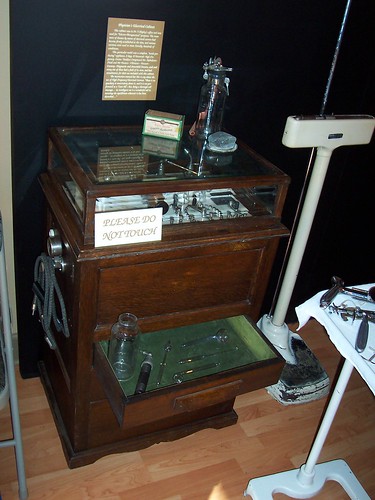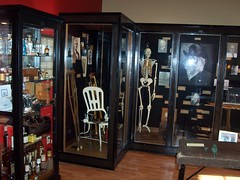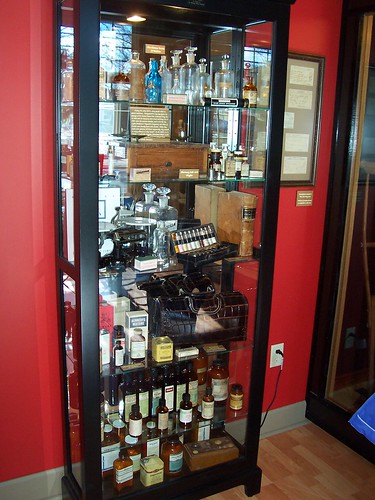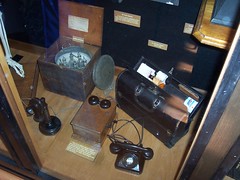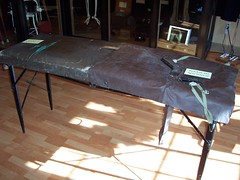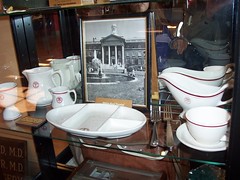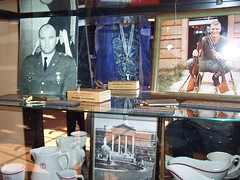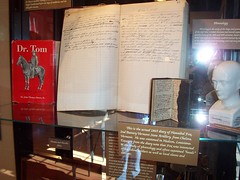Table 1: venaescetio (obviously not ophthalmic, but I liked it anyway)

Table 5: Suturae cruentae; Staphyloraphe; Operatio labii leporini

Table 10: Paracentesis sacci lacrymalis oper. Catar. Et trichiasis; Operatio blepharoptosis et pterygii

An unofficial blog about the National Museum of Health and Medicine (nee the Army Medical Museum) in Silver Spring, MD. Visit for news about the museum, new projects, musing on the history of medicine and neat pictures.



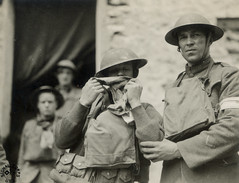 War and Medicine (22 November 2008-15 February 2009) is on display in London. I imagine this is a good exhibit. Be sure to check out the image galleries which in particular have a couple of nice shell shock images. You can see this one of ours on our flickr site as well as some mustard gas images. We recently put some facial reconstruction models on display very similar to the one seen in the photos on the Wellcome site, except ours are colored.
War and Medicine (22 November 2008-15 February 2009) is on display in London. I imagine this is a good exhibit. Be sure to check out the image galleries which in particular have a couple of nice shell shock images. You can see this one of ours on our flickr site as well as some mustard gas images. We recently put some facial reconstruction models on display very similar to the one seen in the photos on the Wellcome site, except ours are colored.



